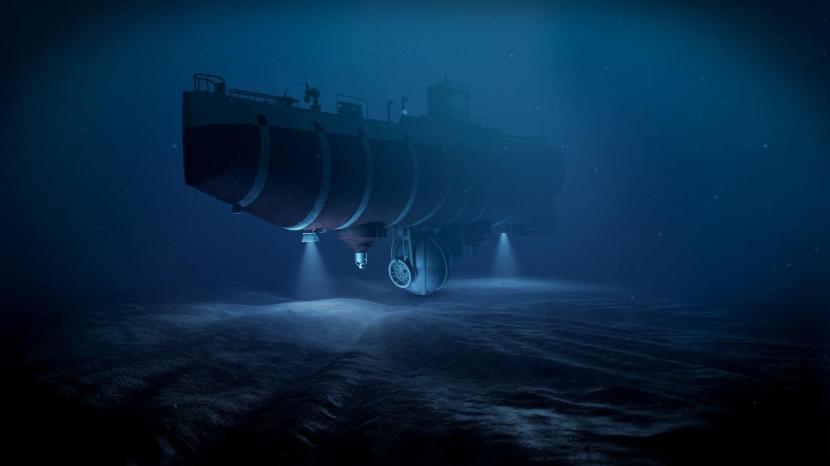Richard Garriott completes the dive to Challenger Deep.
REPUBLIKA.CO.ID, FLORIDA — Astronaut Richard Garriott successfully completed the dive to the lowest point on Earth, Challenger Deep, last Monday (1/3).
He is a NASA astronaut and a video game pioneer who previously crossed the North and South poles. Garriot also funds his own trips to the International Space Station (ISS).
“I am the first person to go from pole to pole, outer space and the second person (first man) to go to the depths of the sea,” said Garriott. Collect Space, Monday (8/3).
Garriott, who is the new president of The Explorers Club, conducts dives aboard the ‘Limiting Factor’. It is the first commercially certified full-depth deep dive vehicle developed and funded by underwater rover Victor Vescovo.
Aboard the same submarine that Vescovo piloted, former NASA astronaut Kathy Sullivan became the first space explorer and first woman to dive into Challenger Deep, in August 2020.
Like Sullivan, Garriott made the trip as part of a series of dives aimed at observing the Mariana Trench and collecting scientific samples.
Garriott, along with his friend Michael Dubno also brought their own set of technical and artistic experiments for the trip.
Garriot explained about the submarine that took him to the bottom of the sea. According to him, what’s interesting about Limiting Factor is that the depth will be more than double what he has experienced before and it turns out to be much more difficult.
To find equipment that could operate at half that depth, said Garriot, was not there. So finding or building equipment that could operate at twice the depth was more difficult.
“They have to overcome some extraordinary engineering problems, starting with keeping passengers alive,” he said.
Most of the other submarines in the world operate within a few hundred meters of the surface where generally there is little available light. It’s different with this ship.
The ship was descending so fast and so far that it became completely dark outside the viewport just moments after it had departed. Therefore he went through dense darkness for nearly four hours of decline.
Garriott said his dive plan was to first descend right into the deepest part of the eastern pool, which is the deepest part of the Mariana Trench. This is just to make sure that it has reached the deepest point and left the geocache.
The seabed below, right where they landed, Garriot described as a “ravine plain.” It’s a kind of desert. The bottom is flat and has a very muddy and murky bottom where the remains of life 11 km above it in the water column, whether it is scales or dirt or dust or rotting carcasses of fish all settle here.
There is no surface that looks very hard, everything is very smooth. But according to Garriot, there is actually quite a lot of life down there, many types of crustaceans are found there.
Garriot plans to collect geological samples from there. However, unfortunately he encountered an electrical problem with the ship’s manipulator arm, which turned out to be a software glitch. Then the condition of the rocks there is also not possible.
“Because of the sheath of fine hair, we can’t see small rocks, let alone reach out to pick them up, so we can’t get to the stones. That’s a task we’ll leave to the next explorer,” he said.
– .


